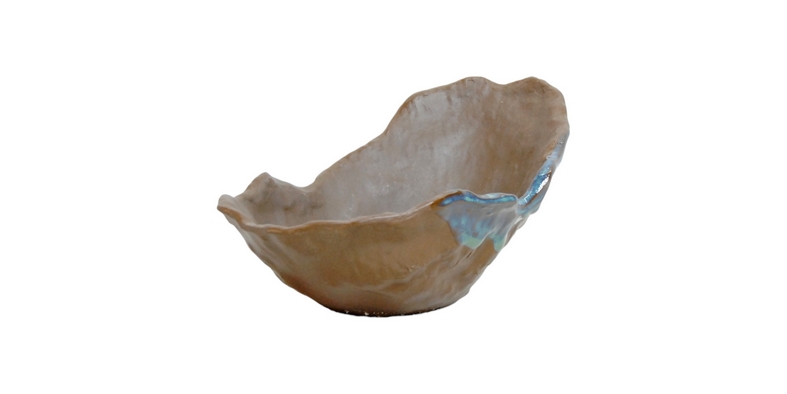
The name of the Kurama stones comes from the name of the Kuramagawa river, which is near Kyoto, Japan. It was in this river that formed a "old" of rusty granite which gave place to these known stones.
Given the scarcity and high prices that the natural Kurama nowadays reach, inspired by their originality, many ceramists make vases, simulating the shapes and textures of the Kurama.
These ceramics in the image of the Kurama are used in bonsai styles where one intends to emphasize nature, styles like "Baked by the wind", forests or plants with lots of dead wood, fit perfectly with kurama.
The blocks of the so-called stones (Kurama ishi) were usually found in the form of flat or curved layers, which when separating them gave rise to different shapes reminding us of the different lunar cycles, such as Mikazuki (minguing quarter).
But the most frequent was Funagata (in the form of a barca), much used for Bonsai inclined style. There are also Kuramas in flatter shapes, indicated for the formation of woods.
Among the classification of Kurama there is another variety called Kurokurama, black and used for the Suiseki and Ikebana.
Some of the sensations invoked in the creation of Kuramas:
Wabi: may mean melancholy, sad, quiet, still, modest, lonely, disappointed, calm. Wabi is a subjective feeling evoked about an object.
Sabi: can mean old, serene, old, mature. The presence of Sabi suggests brightness or other signs of time.
Shibui: can mean quiet, elegant, moderate, reserved and refined. Quiet and discreet elegance.
Yugen: may mean obscurity, void, mysterious, deep, uncertain.
